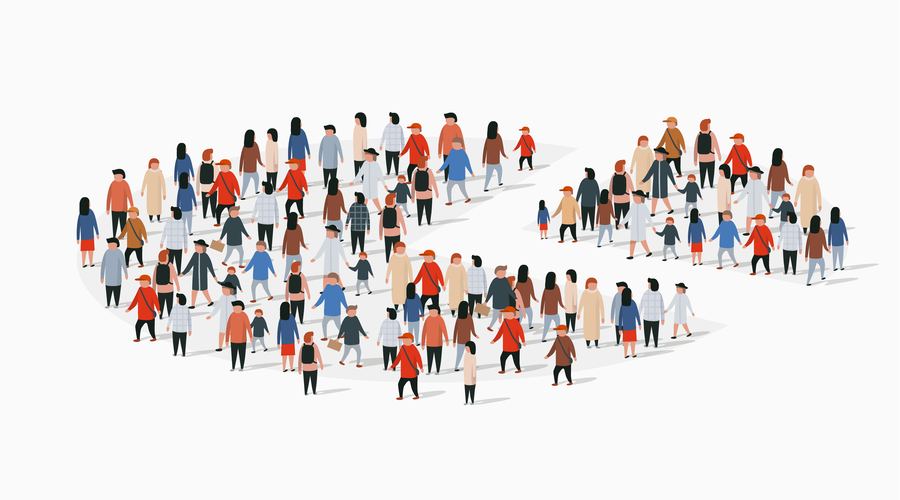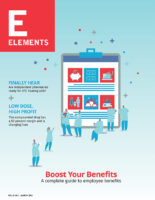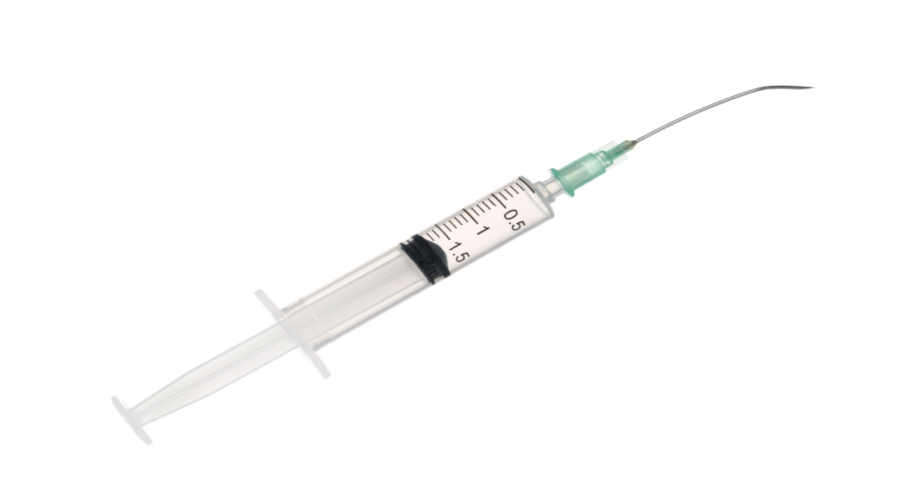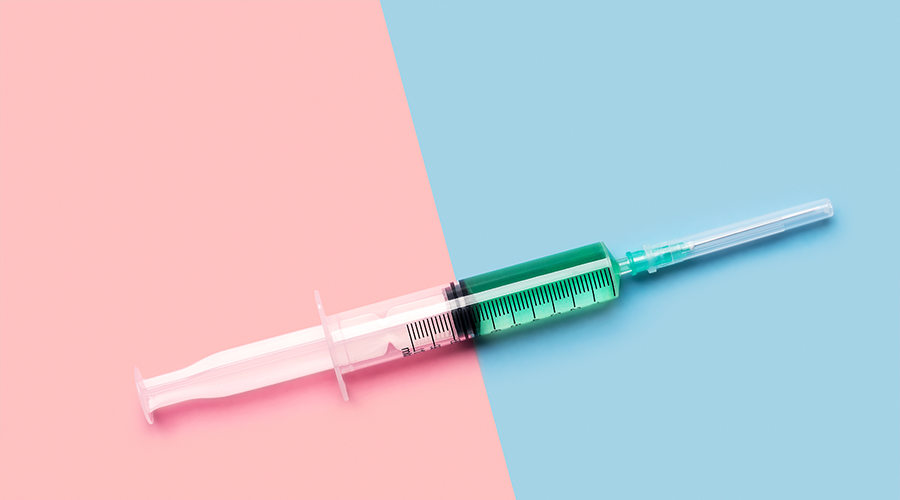As the demographic makeup of the nation — and your community — changes, your pharmacy’s focus should, too.
Being aware of these changes can help you best serve your community. We’ve identified five emerging demographic trends in the United States that you can use to guide the selection of products, services, and offerings your pharmacy provides.
Here’s a look at five important demographic trends in the U.S. and what this new population makeup means for your business.
1. Millennials outnumber baby boomers
Millennials, or people aged 25 to 40, are now the largest generational group in the United States. With 74.1 million millennials, you can’t afford to ignore their needs.
But they’re spending differently than their predecessors. They’re less likely to buy luxury goods and they aren’t as brand-conscious as older generations. In fact, baby boomers still outspend millennials — although with $1.4 trillion of buying power in 2020, their spending power is nothing to sneeze at.
Millennials are more focused on getting a quality product at a good price than showy statement pieces, so when you market to millennials, be sure to emphasize how they can get their money’s worth out of your products.
This generation is also the first to grow up with access to the internet. As “digital natives,” they like to shop online, and they find businesses more trustworthy if they have an online presence.
Because of this, make sure to create a solid website and social media accounts for your pharmacy. Optimize your website for search engines and make sure to create a Google My Business profile.
2. Home life looks different
If you’ve been in the independent pharmacy business for a few decades, you may have noticed fewer families coming into the store.
That’s not a coincidence: younger generations are putting off having children, and the birthrate is currently the lowest it’s been since 1987. Marriage rates are also at a low — only 50 percent of American adults are currently married.
This demographic shift means that if you have services that cater to children like medication flavoring or a large toy section in your front-end, you may have better luck pivoting to products and services that fit the needs of single adults. Single women in particular tend to spend more money on personal care items, so you could benefit from an expanded beauty and skincare section.
For younger patients who do have children, the family structure looks different than it used to:
- Parents are less likely to be married
- About a third of millennial moms don’t have a spouse
- There are more single dads compared to previous generations.
Single parents are more likely to stretch their budgets, so appeal to them by offering promotions and deals that are too good to turn down.
3. The population is getting grayer
Every day, 10,000 people turn 65, and by 2030, every member of the baby boomer generation will be older than 65.
The population as a whole is getting a lot older. By 2034, there are expected to be more adults over the age of 65 than there are children for the first time in US history.
That means a huge swell in the number of people enrolled in Medicare. In 2020, nearly 62 million people were enrolled in Medicare.
An aging population could actually be a good sign. Older adults tend to have more problems they need help managing, and your pharmacy can step in to provide much needed aid. CMS reports that around two-thirds of Medicare beneficiaries have two or more chronic health conditions, and the American Hospital Association reports that by 2030, one in four baby boomers will be living with diabetes.
[RELATED: Is Your Pharmacy Pursuing the Most Profitable Patients?]
Even older adults who aren’t managing chronic conditions are focused on staying well. According to IRI data, the majority of boomers take a multivitamin and exercise at least 20 minutes every day.
4. Hispanics are one of the fastest-growing groups in America
Latinos account for half of all population growth from 2010 to 2019. Sixty-one million Hispanics now live in the United States, making up 18 percent of the country’s population.
This growing demographic comes with a unique set of health circumstances. Nearly 40 percent of Hispanics report not having a regular primary care provider according to the Kaiser Family Foundation. Also, 17 percent of all Hispanic and Latino Americans have type 2 diabetes, compared to only 8 percent of non-Hispanic white Americans.
To capture this group, consider expanding your pharmacy’s clinical services, such as offering immunizations (if you don’t already). Focus on providing disease state management services for people suffering from chronic diseases, like diabetes.
Make sure your pharmacy’s signs and posters include a Spanish translation. Adjustments like this will make the 41 million Spanish speakers living in the US feel welcome in your pharmacy.
5. Generation Z is coming of age
The oldest members of Generation Z — or those born after 1996 — are entering the workforce, and their shopping habits are shaking things up. Altough they may not have a lot of spending power yet, their influence is only going to grow.
To accommodate Gen Zers who come into your pharmacy, make sure you have mobile payment options like Google Pay and Apple Pay. Like millennials, they want to check a business out online before they spend money there, so a web presence is a must.
Generation Z also wants to shop at places that share their values, so if you’re involved in your community or contribute to charitable causes, make that fact a bigger part of your marketing.
If Gen Z patients like your pharmacy, they can be one of your biggest assets. A third say they are interested in making digital content on behalf of a business.
A Member-Owned Company Serving Independent Pharmacies












